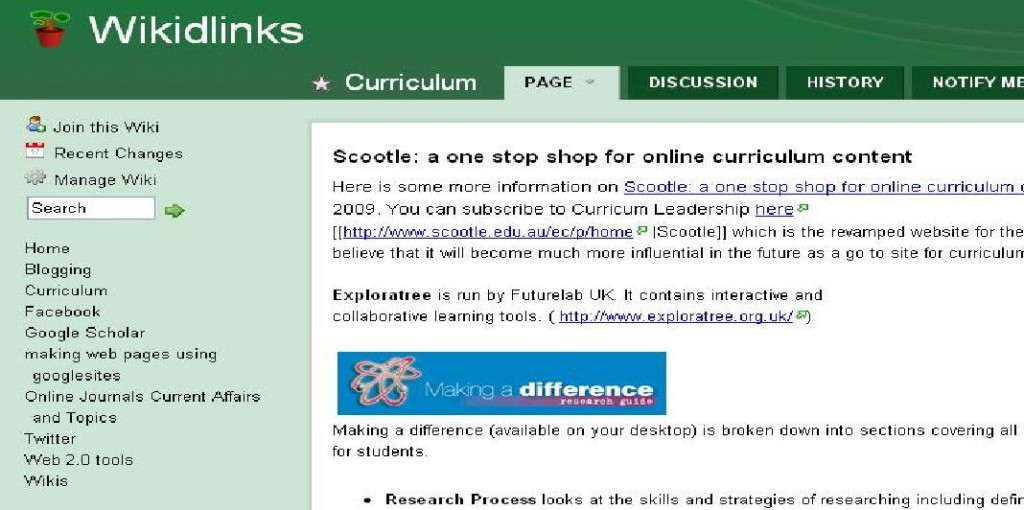Our Lady of Mercy College, Heidelberg, teacher librarian Michael Jongen was inspired to introduce social media tools into the school library after hearing Will Richardson at a School Library Association of Victoria professional development day in 2009. Michael explains:
I work at OLMC Library as a teacher librarian. As part of my Professional Learning Plan for 2009 I was asked by Tricia Sweeney, Head of Library, to look at Web 2.0 and its applications in teaching and learning.
In March 2009 I attended a SLAV conference entitled Perspectives on Learning featuring Will Richardsonfrom the United States. Will is a leading educator in the understanding and implementation of Web 2.0 strategies in schools. He argues that
‘Learning in the 21st century is all about networks and the connections we can make to other learners and teachers both in our communities and around the globe. But being literate in this new learning environment requires more than knowing how to read and write, it requires us to edit, publish, collaborate, create and connect in the process of building our own personal learning spaces’
Inspired by Will I decided to blog and work with the teachers at my school and make them aware of Web 2.0 and its potential for learning. I started a Library Web 2.0 Wiki page on the School Portal where I explored some of the issues, tools and personalities raised by him in his keynote address and in his featured workshop. I feel that my role has been to inform, collaborate and apply, and I looked at practical examples of how social media can be incorporated into assessment or used for communication.

Tricia and I had another discussion and we decided to set up an information wiki. With the new school year just starting we will promote the wiki through our Years 7 and 8 reading programmes.
The appraisal of my year’s self learning project was on using Web 2.0 in the classroom and it was agreed that my goal in 2010 is to work in the classroom with teachers and students more often by using practical web 2.0 applications in assessment and presentation.
It is wonderful to hear that the SLAV conference held less than a year ago has had such a positive and practical impact on Michael and Our Lady of Mercy College teachers and students. Congratulations and well done Michael. Thank you to Tricia for supporting his endeavours to introduce social media to the school.
The OLMC information wiki is the first of the resources that Michael has developed that Bright Ideas will feature. I’m sure we’ll all look forward to experiencing his other efforts.

